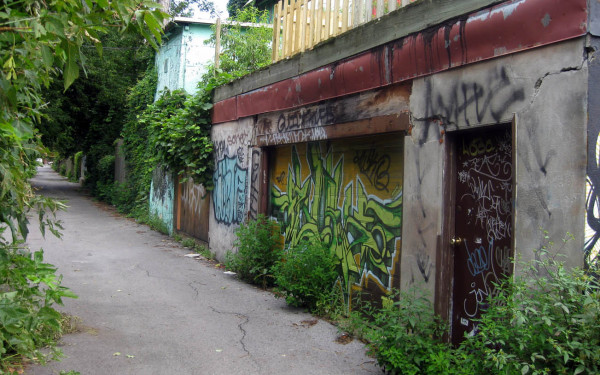Montreal’s New Planetarium
When the Montreal Planetarium shut down in October 2011, stargazers were undoubtedly disappointed.
But the closure was only temporary. And on April 6, the wait will finally be over. The newly renamed Rio Tinto Alcan Planetarium will reopen in a new, purpose-built location at the Olympic Park.
The planetarium made the move for two reasons: to group all of Montreal’s natural science museums in one area, and to provide visitors with a fresher, more immersive experience.
The Olympic Park is already home to the Biodome, the Botanical Gardens and the Insectarium. They will now collectively form, with the new planetarium, what has been dubbed the Space for Life—the largest natural science museum complex in Canada.
“The mission of Space for Life is to reconnect humankind and nature,” said Charles-Mathieu Brunelle, executive director of the museum complex.
He promised that visitors will reconnect not only intellectually, but emotionally, thanks to the new planetarium’s two theatres. Brunelle said one of the theatres will be reserved for artistic productions, featuring shows that explore “metaphors and ideas inspired by astronomy.”
“There’s a strongly reflective floor, you sit on beanbags and Adirondack chairs, there’s a [musical] score by Philip Glass. […] You have the impression that you’re taking off. You really have the impression that you’re in the middle of this cosmos, that you’re really part of it. And that’s the whole idea, to reconnect by science, by education, but [also] by emotions.”
Brunelle said that the sense of awe people get when they look at the stars might inspire them to look at their role on the planet in a new way.
“I think we need to re-find our place in nature, a place really inside, in the middle of it […] and then we’ll be less intrusive to this planet, hopefully,” he said. “Looking at the stars is a nice way to feel the humility towards this planet that I think we should [feel more often].”
Montreal multidisciplinary artists Michel Lemieux and Victor Pilon were in charge of the museum’s artistic direction, and the planetarium’s website promises “a breathtaking meeting of technology, art and science.”
A new permanent exhibition, Exo: Our Search for Life in the Universe, will be interactive and digital, complete with projections and multimedia games.
Visitors will be able to “travel through the solar system” or “operate a robot on the surface of Mars,” as well as view part of the planetarium’s collection of 300 meteorite pieces, according to the museum’s website.
The building itself follows strict LEED environmental standards. Rainwater collection and the use of drought-resistant plants in the building’s landscaping will mean that drainage into municipal sewers will be reduced by 60 per cent, and there are also plans to minimize water consumption.
The planetarium also has a green roof that will absorb heat and reduce the building’s impact on the urban heat island. The building’s outdoor lighting complies with tough standards regarding light pollution.
Over 95 per cent of waste materials during construction were “saved from going to landfill through sound environmental management,” according to the planetarium’s website.
The media and the general public were given a preview of the new planetarium during an open house held March 16. A line formed outside the building, and Mayor Michael Applebaum was on hand to greet visitors as they entered.
“This [museum complex] is changing the way people think in their lives,” said Applebaum. “How do we incorporate nature in our daily lives? And how are we able to reduce our footprint? This is what is being done here with Space for Life.”
“When people come to see this facility, they’ll realize that it’s an incredible investment. This is part of the leg for the 375th anniversary of the city of Montreal. […] This is a new facility, and it’s a facility, of course, that will be recognized throughout the world when we talk about nature and space. This is really going to be an attraction for the city of Montreal.”
Montreal’s original planetarium was opened in April 1966, ahead of the Expo 67 international exposition. From 1966 until its closure, some 6 million people passed through its doors.

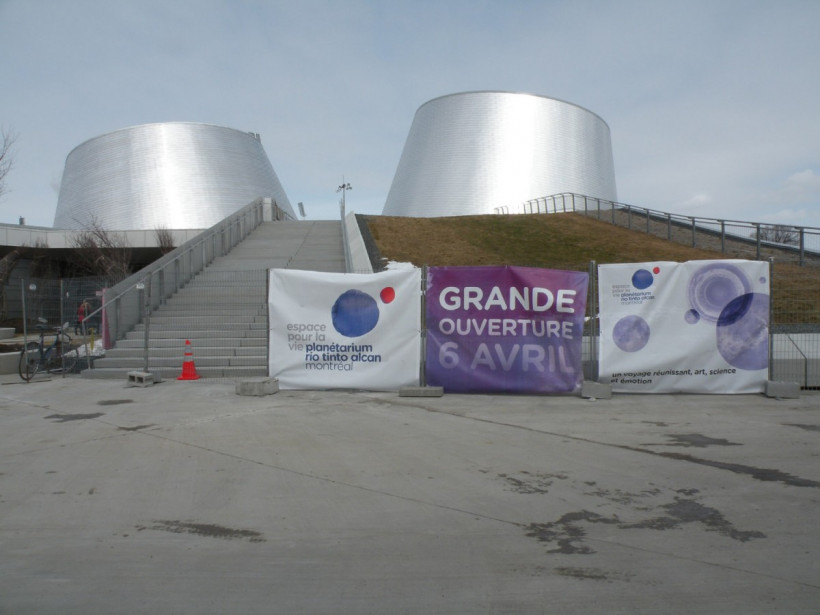
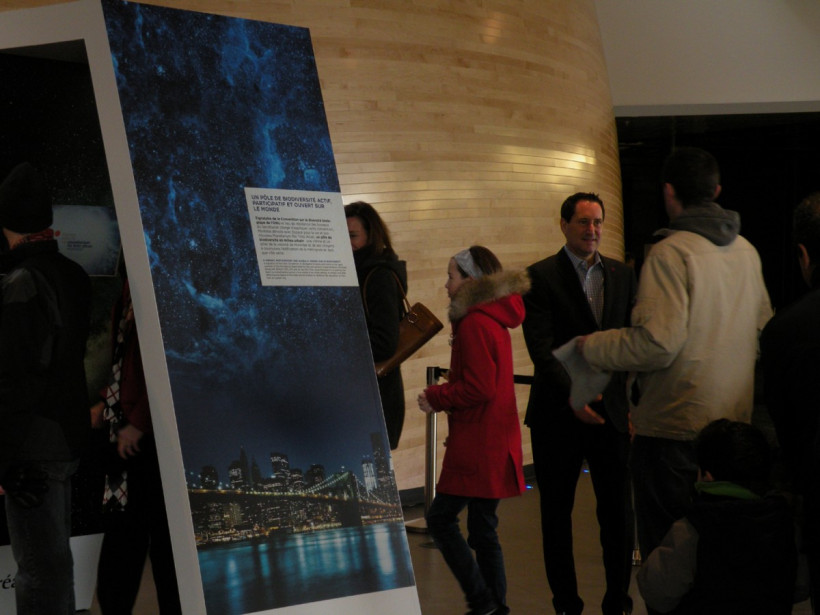
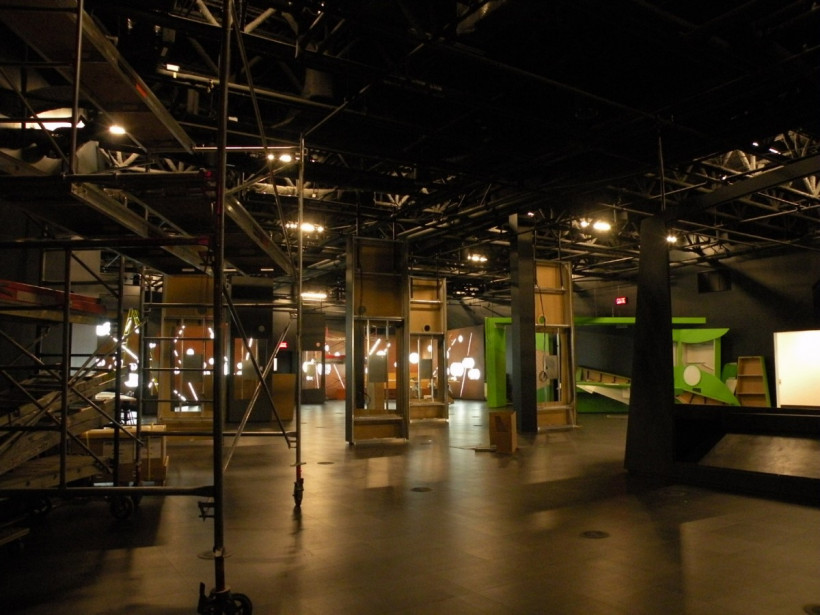
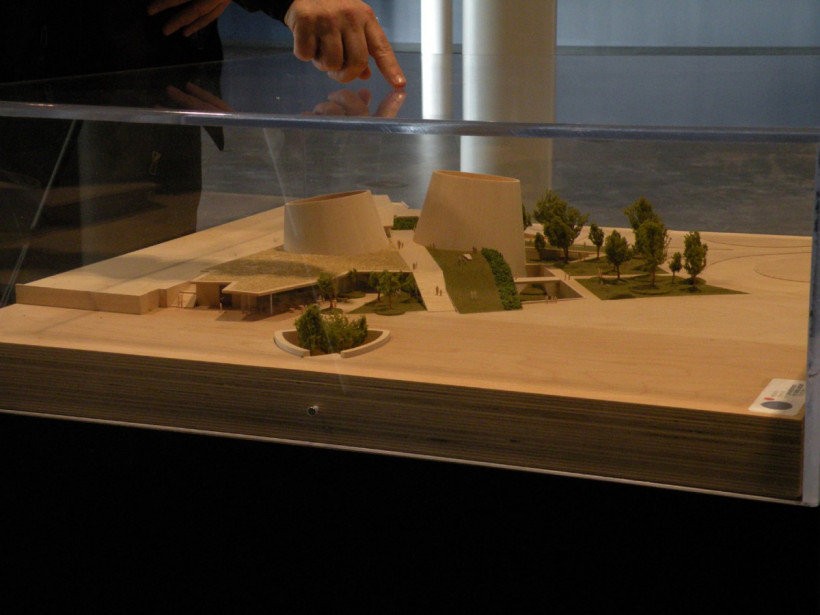
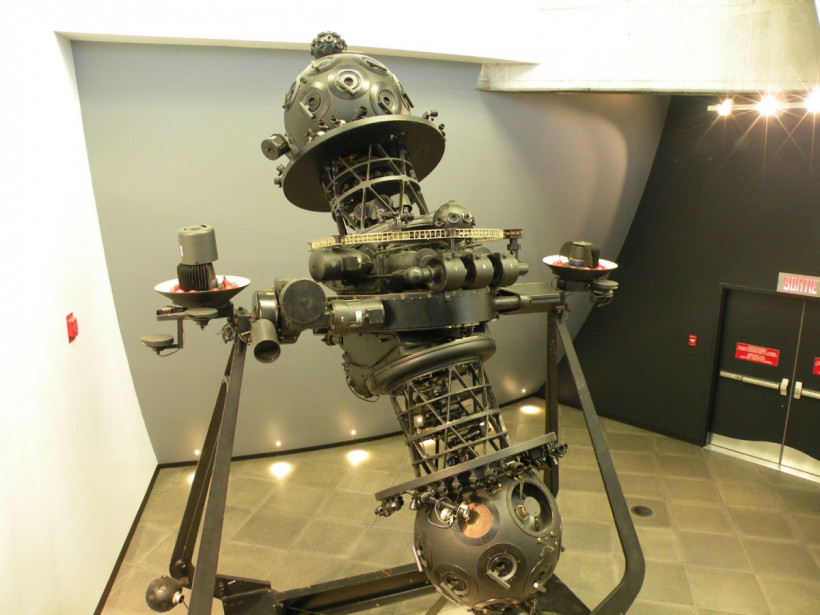
_600_832_s.png)

_600_375_90_s_c1.jpg)
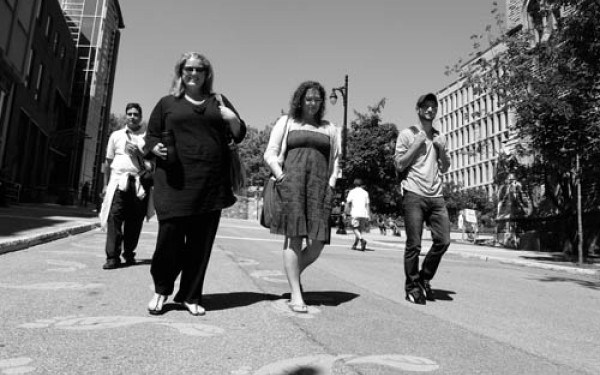
_1_600_375_90_s_c1.jpg)
